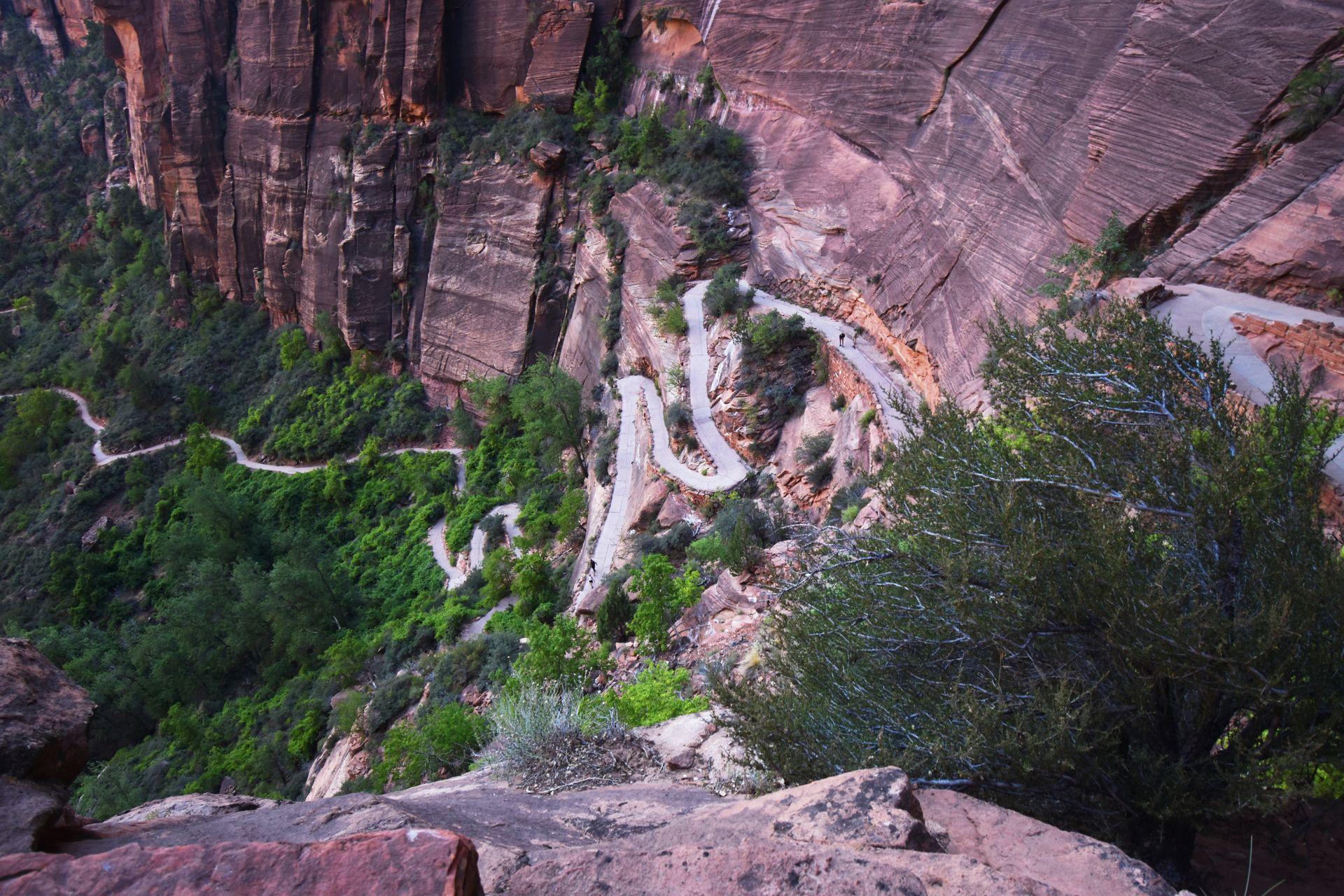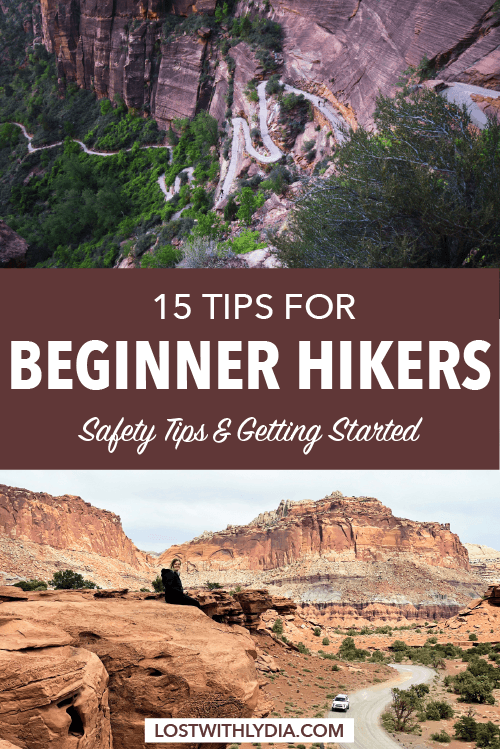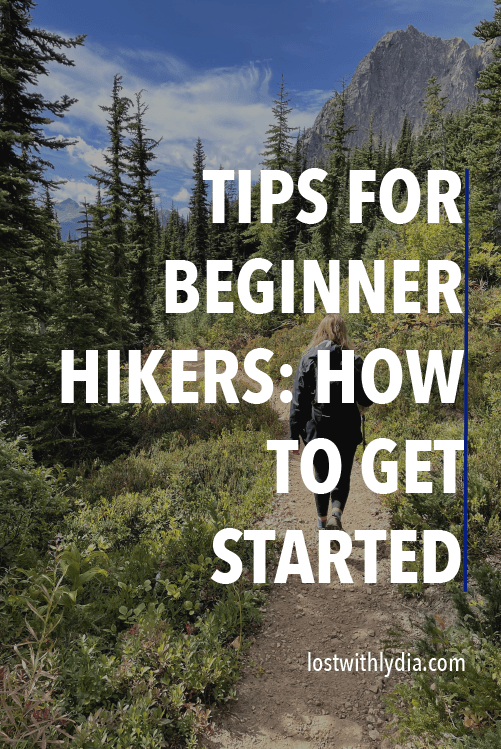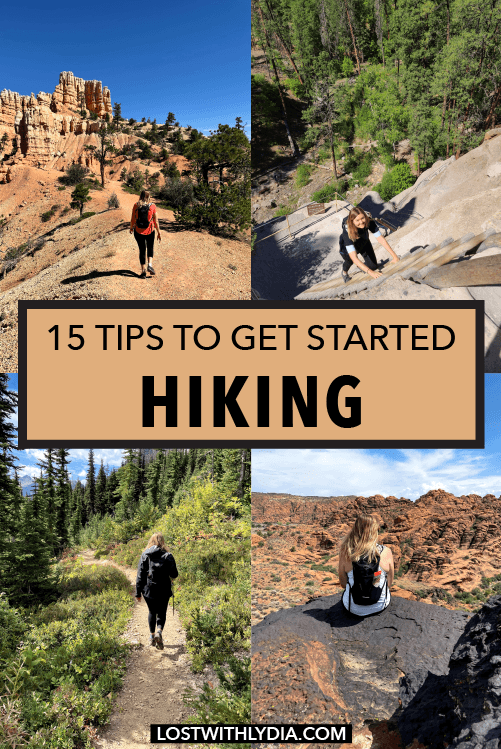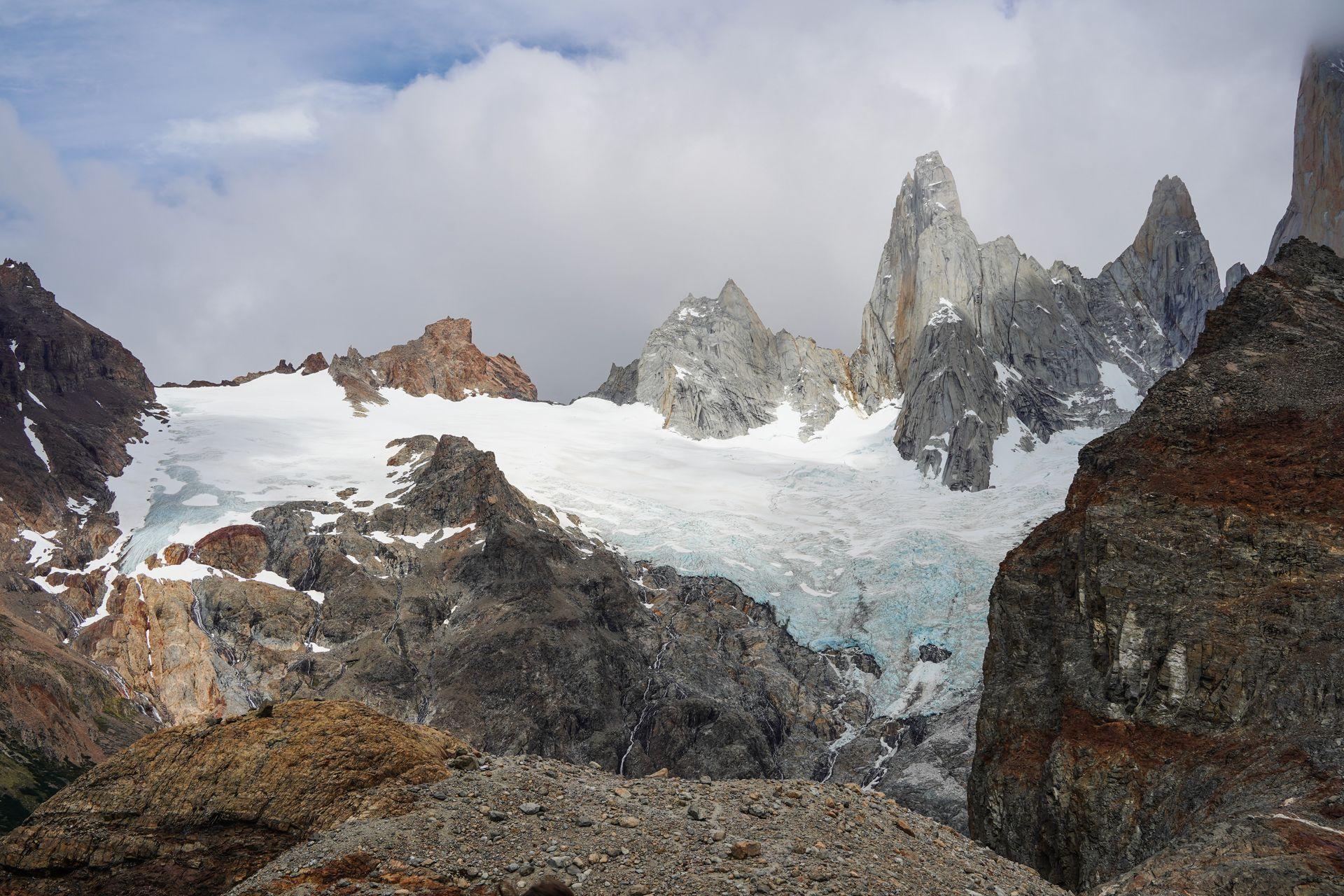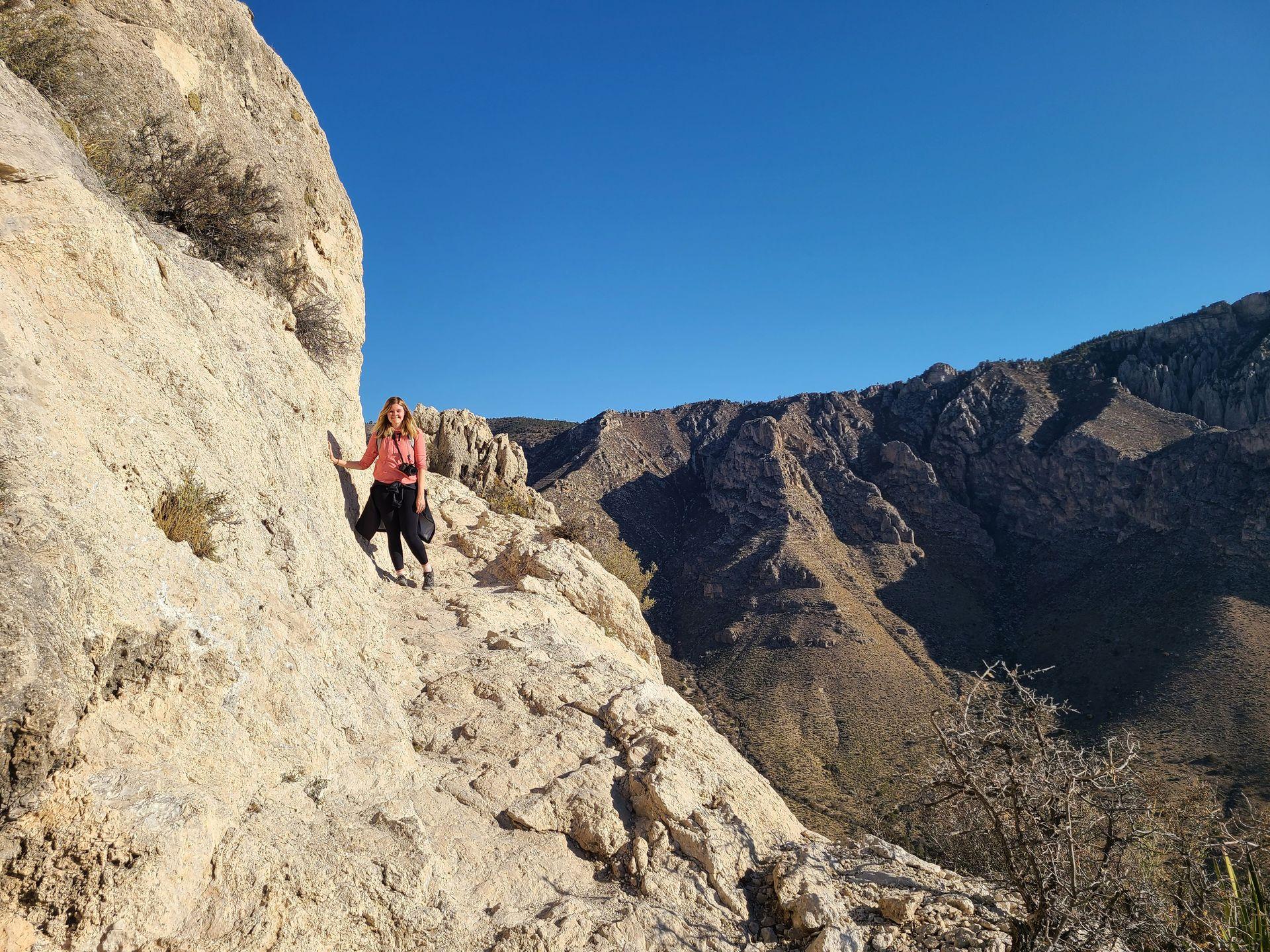Hiking
15 Beginner Hiker Tips: Get Started Hiking and Stay Safe
March 23, 2024
Are you new to the outdoors? A few years ago, I had almost no hiking experience. Having lived in Ohio and North Texas, the trails were quite flat and easy. Fast forward a few years and I’m feeling confident summiting mountains and scrambling over rocks on the weekends.
You don’t need a childhood of outdoor activities to get started hiking - anyone can get outdoors. You also do not need expensive gear or to be in the best shape of your life. You can get started hiking no matter your abilities or starting point.
If you’re wondering where to begin, what you need, or you just need some reassurance, I hope these beginner hiking tips help you get started on your first of many hikes.
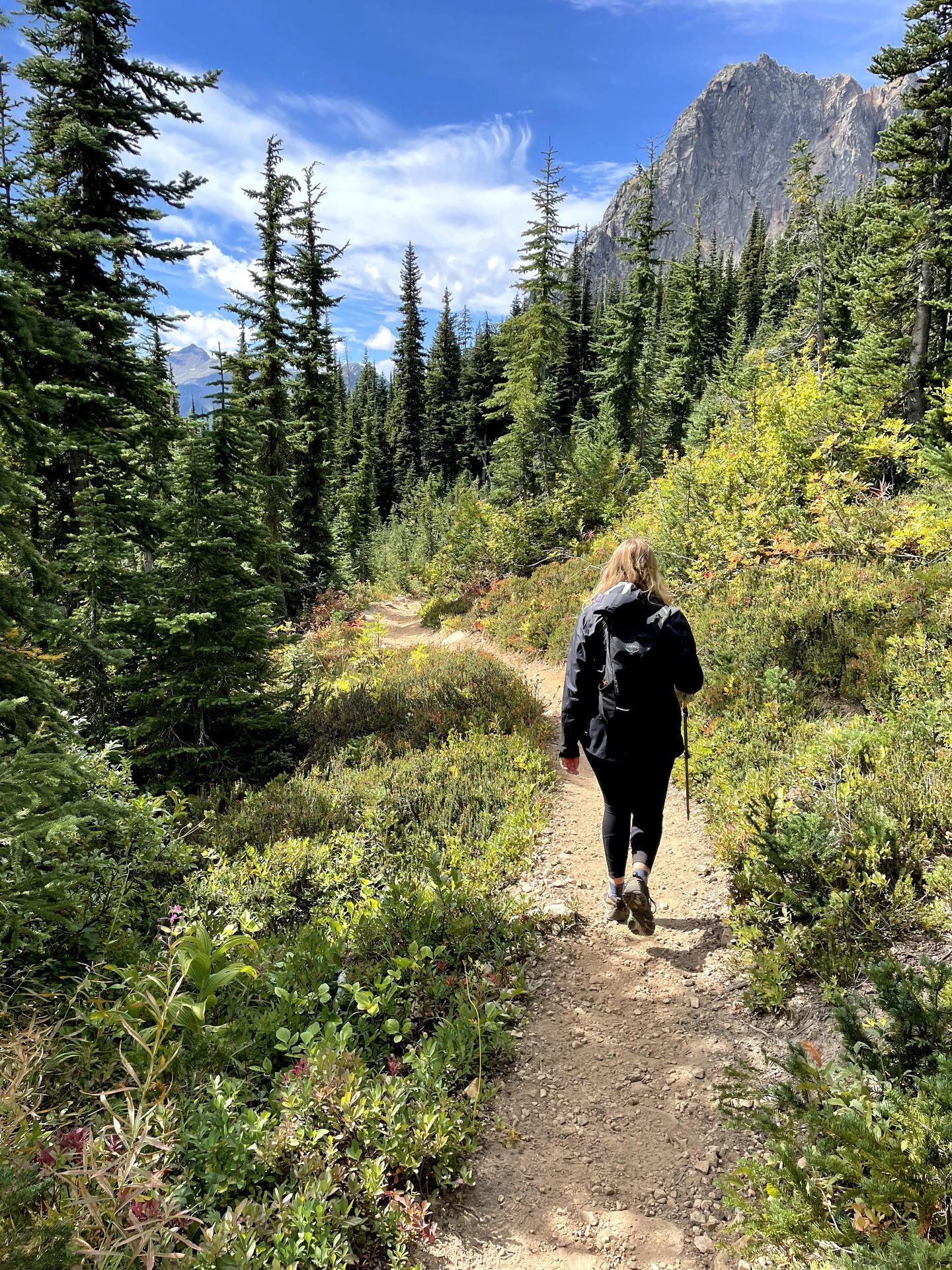
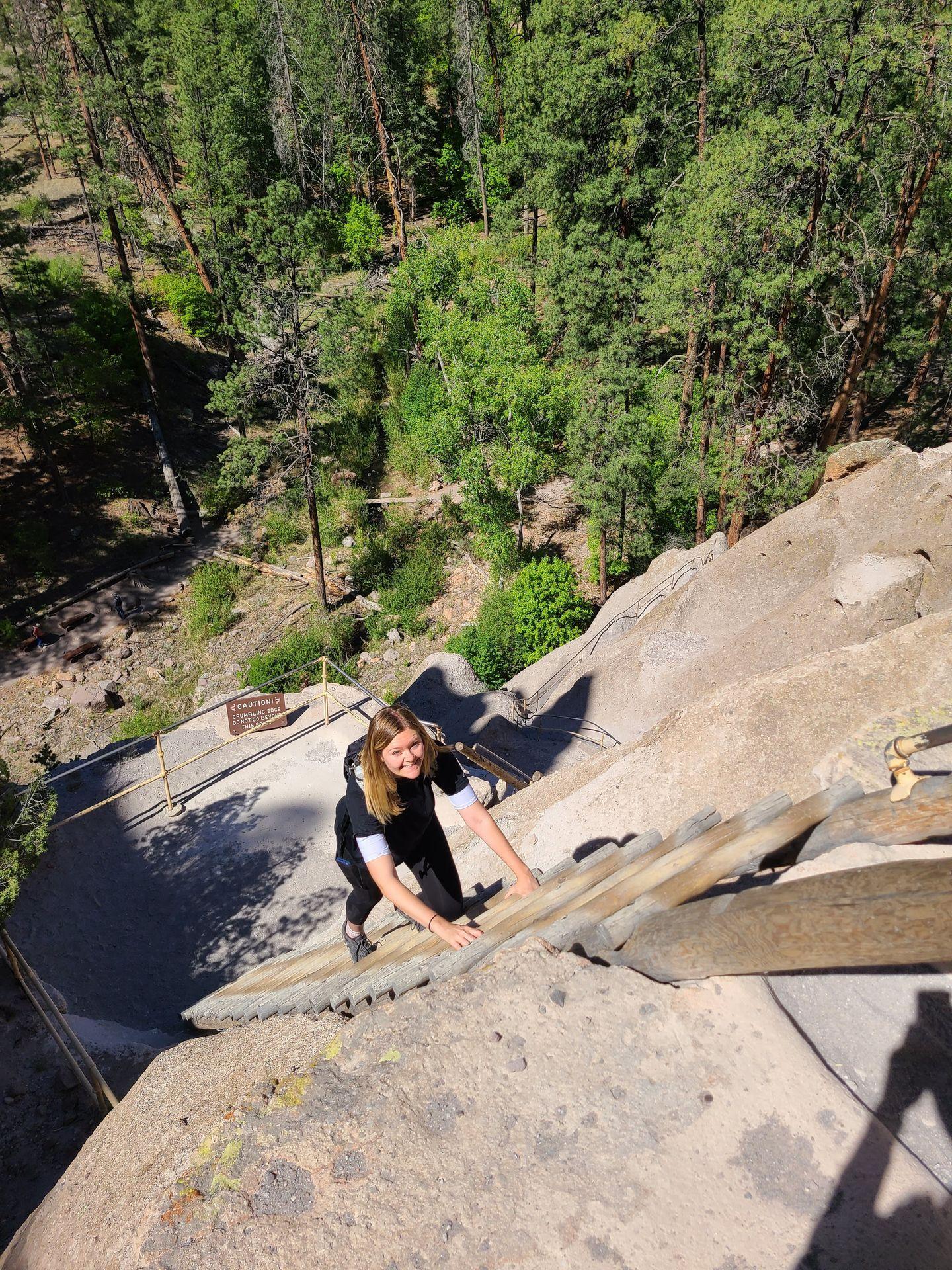
1. Leave No Trace
Before you start exploring, read up on the Leave No Trace principles. Leaving no trace means staying on the trail; packing out and properly disposing of all waste; keeping your distance from wildlife; and not taking anything that you find. Please consider your impact and leave only footsteps behind while exploring so that the next adventurer can experience the world as you have.
2. Start Small
Start hiking on short local trails. To find trails, I recommend using the All Trails app and searching for nearby trails rated easy. Get comfortable on the short trails and work your way up to longer and harder trails.
3. Start Local
Find trails close to home for confidence exploring the outdoors. Breaking in your shoes close to home on a short hike eliminates surprises after you have flown across the country to a national park.
4. Start With The Gear You Already Own
I’m a big believer in getting started with whatever you have. You probably already have a backpack, suitable clothing, a first aid kit and more. However, if there is one thing you should invest in early, it’s hiking shoes or boots. Proper shoes will keep your feet safe and allow you to confidently trek in a variety of terrains. If you’re not sure where to look, I have always been a huge fan of Merrell for hiking shoes.
5. Bring a Buddy
Take a friend with you for safety and good company. If they are also new to hiking, you can learn together. Just keep in mind that everyone’s hiking paces are different, so be patient with each other.
6. Bring MORE Water Than You Think You Need
Water is the number one most important thing you will always need while hiking. A good rule of thumb is to bring a half liter of water per hour of activity, but bring more if it’s hot outside or if the trail isn’t easy. Be sure to bring water from home and not rely on water being available at the trailhead. (I’ve made this mistake a couple times!)
Read my full hiking essentials list!
7. Research the Trail Before You Go
If you’re visiting a state park, national park or public land, check the park website and social media for current alerts and information on trail conditions. No matter where you’re going, read recent All Trail reviews to find out if there is anything you should prepare to see on the trail. All Trails is an invaluable resource for crowdsourced information, photos and honest reviews. You can also use it to see how long the hike took other people.
Pro Tip: Make sure that you look at elevation in addition to mileage. This can make a huge difference in the difficulty of a trail.
8. Know Where You’re Going
Be prepared to navigate offline by downloading offline maps on Google Maps before you arrive. If you purchase All Trails Premium, you can download their trail map for offline use as well. A paper map of the trail will also suffice and is great to have if your phone dies.
9. Tell Someone Where You’ll Be
This is so important for your safety, especially if you won’t have cell service. Make sure to tell them where you’ll be and when you expect to return. If you are renting a car, include details like make, model or license plate so that you can be located easier in the event of an emergency.
10. Consider the Wildlife
Know the type of wildlife that inhabits the area you are hiking in. This is especially important in bear country. Be sure to research whether you need to carry bear spray and learn how to use it if you do. For reference, bear spray is important in places like Grand Teton National Park, Glacier National Park. Other tips for hiking in bear country include hiking in a group and making noise.
11. Make Sure Your Phone is Charged
Bring a backup battery and cord in case your device dies. This is extra important if you do not have a paper map!
12. Bring the “Ten Essentials”
The ten essentials are ten items you should carry for safety and survival during a hike. This list is widely recognized and was first created by a Seattle-based organization in the 1930’s.
- A first aid kit. Whether it’s a blister or something more serious, you should absolutely carry a first aid kit of some kind. Adventure Medical Kits come in a variety of sizes for various needs.
- A light source. Bring a headlamp or flashlight in case you get caught in the dark.
- Sun protection. Bring sunscreen or a hat to protect your skin from the sun, even on a cloudy day.
- Navigation. I like to carry a paper map and compass when possible, but make sure you know how to use it.
- Extra food. Don’t allow yourself to get too hungry!
- Extra water. As I mentioned above, water is the most important item. Make sure you have enough, plus a little extra.
- Layers. Be prepared for changing weather conditions. These can vary depending on the weather, but bringing a raincoat or light jacket is a great go-to.
- Fire. Bring matches or a lighter just in case.
- Shelter. We carry ponchos and an emergency space blanket.
- Knife. This one is tough if you are flying to hike with only a carry on, but knives are useful in a variety of emergency situations.
If you're in need of hiking snack ideas, read my guide for vegetarians!
13. Don’t Let Perfection Stop You
Although you should really bring all of the ten essentials, don’t let perfection be what stops you from getting started exploring the outdoors. A couple of the items might not be as necessary on a short hike with many people around.
14. If You Get Lost, Stay Calm
No one wants to get lost, but be prepared in case you do (especially if hiking alone). Do not panic and do not wander further and get more lost. Think about how you got there, what landmarks you’ve passed and use a compass or map to get yourself back to the trail.
15. Try Out Gear Before You Commit
You could buy the nicest, most expensive, most recommended gear and it still might not be right for you. Everyone has different preferences when it comes to items like backpacks, shoes and other gear. The best thing you can do is try things out. Start with low cost items and see what you like and dislike. Learn over time what your priorities are; Are you particular about the cushion in your hiking socks, do you want to have the most equipped backpack, is there an item that would really elevate your hiking experience? As you learn, invest in new items one at a time. A great way to test out gear is by buying used gear or renting!
For all of my hiking gear recommendations, check out my ultimate day hike packing list.
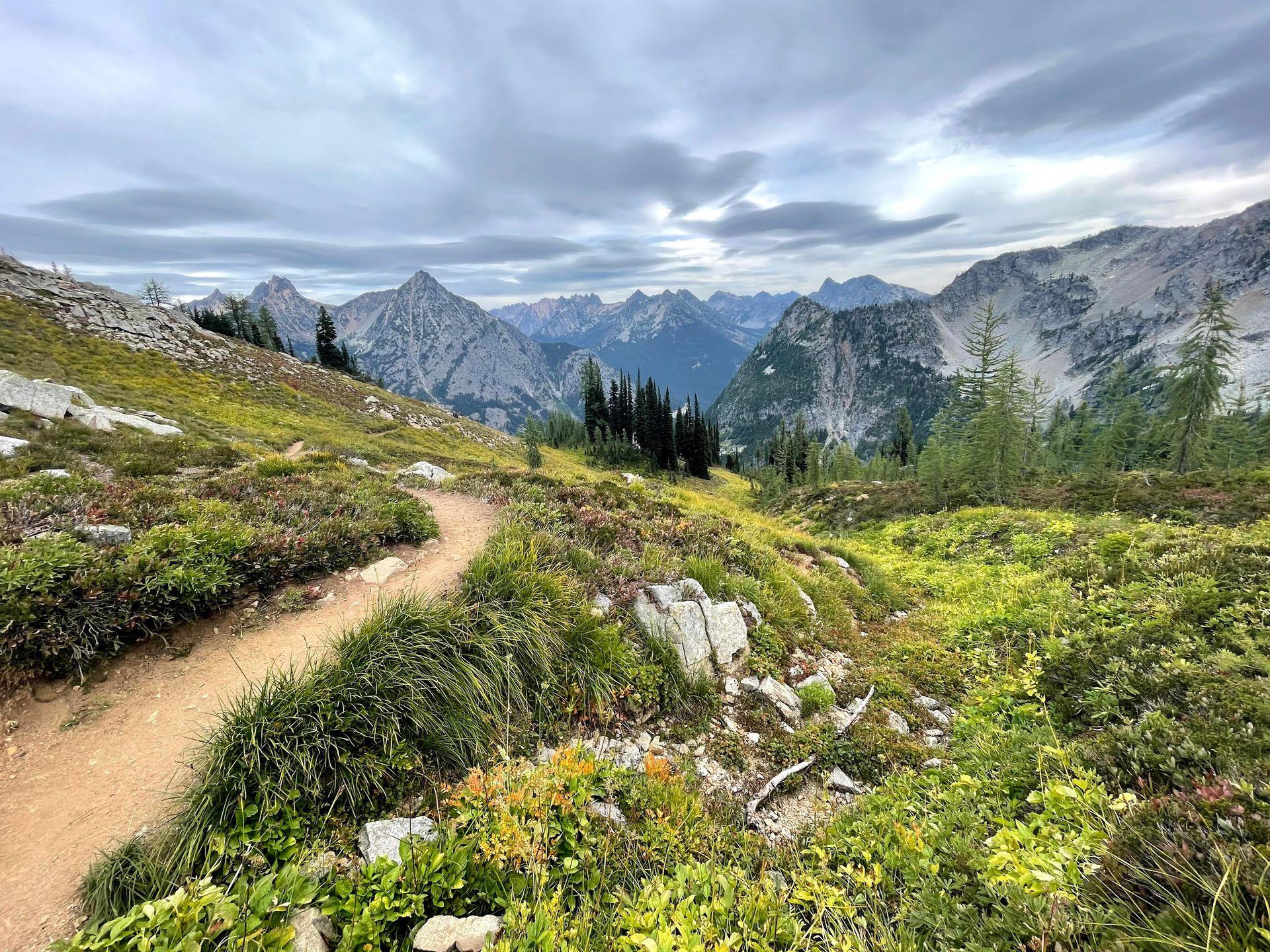
Final Thoughts
I hope this beginner hikers guide gives you some confidence to get started! As it is with many things, I think getting started is the hardest part. But once you start, you'll be glad you did! Happy Hiking!
For some of my favorite easy to moderate hiking trails around the US, check out these articles:
Hiking and More in Hocking Hills State Park, Ohio
The Best Day Hikes in Sedona, Arizona
Hiking in Guadalupe Mountains National Park
Hiking and More in Boulder, Colorado
Visiting Rocky Mountain National Park in the Spring
Thanks for Reading!
Let's stay in touch!
Join the Lost with Lydia email list to get monthly travel guides and tips!
